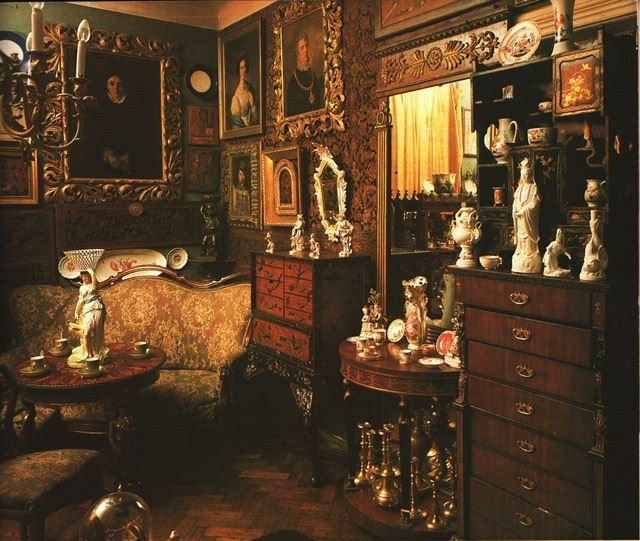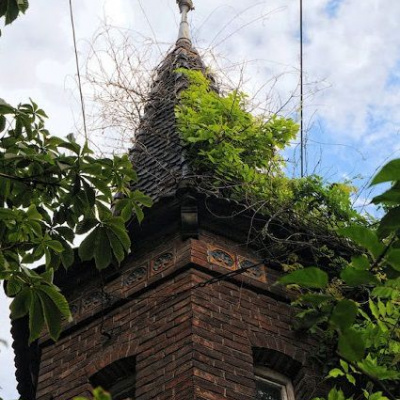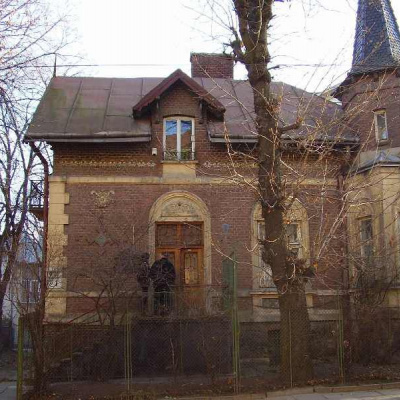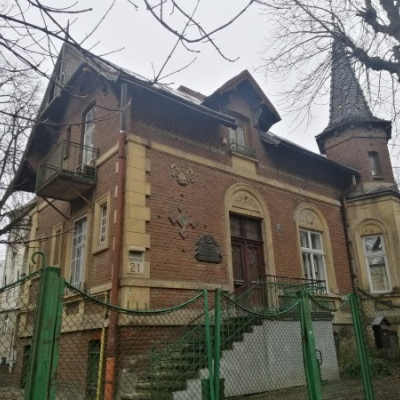Ostroverkhov House (Villa on the Cross), Lviv
The mysterious structure with a small tower, the unique architecture of the building, and the story of the owners' lives attract tourists.
The house was designed in the 1890s by famous Lviv architects Julian Zakhariewicz and Ivan Levytskyi. After the First World War, the building belonged to the merchant Shulim Wallach, and in the 1920s to the pianist Leopold Münzer. In 1932, the family of Volodymyr Kuzmovych, a teacher and journalist, lived in the villa.
Mykola Ostroverkhov (a collector), who lived in the house since 1944, started his collection with rare objects and furniture belonging to the Kuzmovych family. Ostroverkhov is still remembered today. They say that he and his brother (Volodymyr) collaborated with the KGB. There are rumors that the owner was of a non-traditional orientation, and that he often had young, handsome men as guests. They even say that one of the guys was found dead. In Soviet times, such orgies were punishable by imprisonment for up to 5 years, and sodomy with minors was punishable by up to 8 years. However, Mykola got away with it, which confirms his cooperation with the KGB.
In 1988, an article was published in the magazine "Our Heritage" where the secret of the mansion and its owner was revealed. In fact, Mykola had gathered a large collection of rare paintings, furniture, dishes, faience, etc. He bequeathed most of the collection to the Pushkin State Museum of Fine Arts in Moscow. He gave part of it to his brother, at which time he claimed that he was ready to transfer the collection to Lviv museums, but on the condition that it would be exhibited in one room, but at that time Lviv museums did not have such an opportunity.
Ostroverkhov died in 1989, and the collection never left Lviv. At that time, there were demands for Ukraine's independence in Ukraine. In the Lviv Art Gallery (Lviv Art Gallery). Over two months, the gallery was visited by more than a thousand Lviv residents and guests. Most of the visitors recognized their own belongings or those of their friends in the exhibits. People demanded that the collection remain in Lviv. The Lviv administration sued for the collection, the treasure was defended, and now the collection is classified, restored, but scattered. Voznytskyi recalls that Ostroverkhov used to go around old apartments dressed as a plumber and offer repairs. When he saw something valuable, he would snatch it away for a pittance





